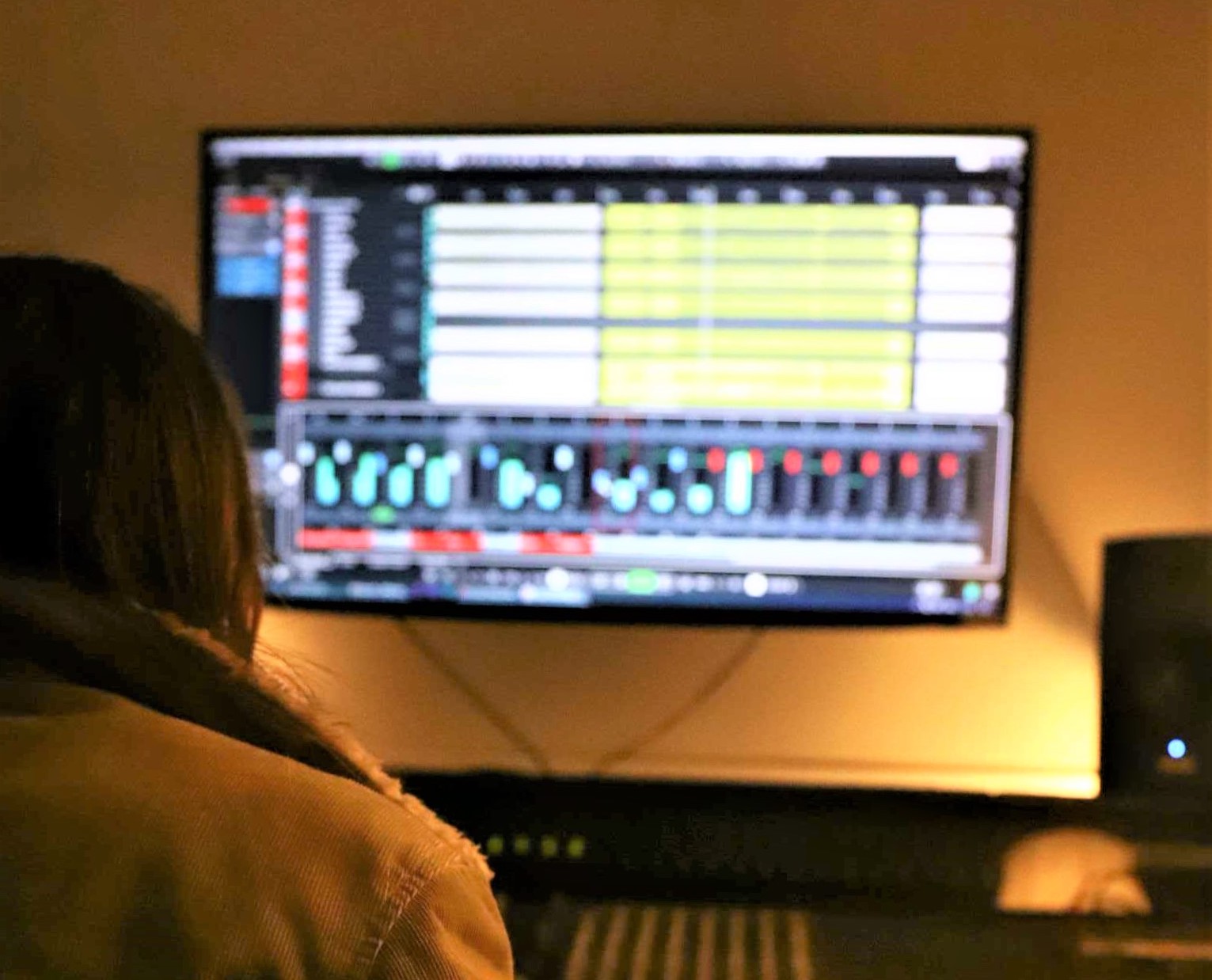Best DAWs for mixing
Let’s explore the top music mixing software available in 2021.
After all your audio tracks are recorded and beats laid down you’re ready to start mixing, to use processes like compression and EQ to fiddle with the levels of your individual tracks and blend them together. Time to let your tracks pop.
Which DAW is best?
But does it matter which DAW you use to mix your tracks? It’s absolutely a question of personal preference.
It’s true that every DAW has pros and cons regarding the mixing stage of producing, but generally these differences are based on individual opinions. Of course, everyone recommends the DAW they use themselves as the best!
Every DAW comes with mixing capabilities and you can get a decent result from pretty much any of the commonly used workstations.
Some producers view particular DAWs as “mixing-orientated” and others as “production DAWs”. Producers may even record in one DAW and jump over to another for mixing and mastering, finding that hopping across resets the mind to a mixing headspace.
Best DAW for mixing
If access to professional mixing functions is a dealbreaker, you might prefer to stick with one of the “mixing-orientated” DAWS:
- Avid Pro Tools – The industry standard and universally considered to be excellent for mixing. Many professional studios have Pro Tools as their main DAW.
- Cubase – Helpful features like folders for a neater setup, customisable templates for quick workflow and track presets to save mixing settings.
- Logic Pro X – A great all-rounder at an accessible price, but with professional-level mixing capabilities.
- Reaper – Affordable with a fast workflow with its customisation options, which are tricky to get your head around at first.
- Studio One – Stock plugins emulate consoles and are very useful for in-depth mixing.
Meanwhile, some DAWs are considered to be more “production-based”:
- Ableton Live – Designed more for on-the-fly creating rather than post-production mixing. But that’s not to say you can’t use it to mix.
- FL Studio – Makes it fun and easy to quickly get to grips with the interface and create loops and beats instantly. If you’re looking for high-end mixing, FL Studio probably isn’t the best bet.
- GarageBand – Great for beginners getting started home recording and producing, but not designed to create studio-quality music.
There’s countless more to choose from.
Quite often it will be the first DAW you encounter that you end up preferring – you’ll learn it inside out and get to know all the tips and tricks to unlock your own individual workflow. If you’ve got the time, download trial versions of DAWs to see which you find the most intuitive.
As long as you’ve grasped the technical understanding of what makes a good mix, so much comes down to the producer – you. It’s ultimately your ears that are the best tool for mixing.
If you find it more comfortable to mix in one DAW over another, and get a result that sounds great, that’s really all that matters.
Head here to learn more about what we do for independent artists.
